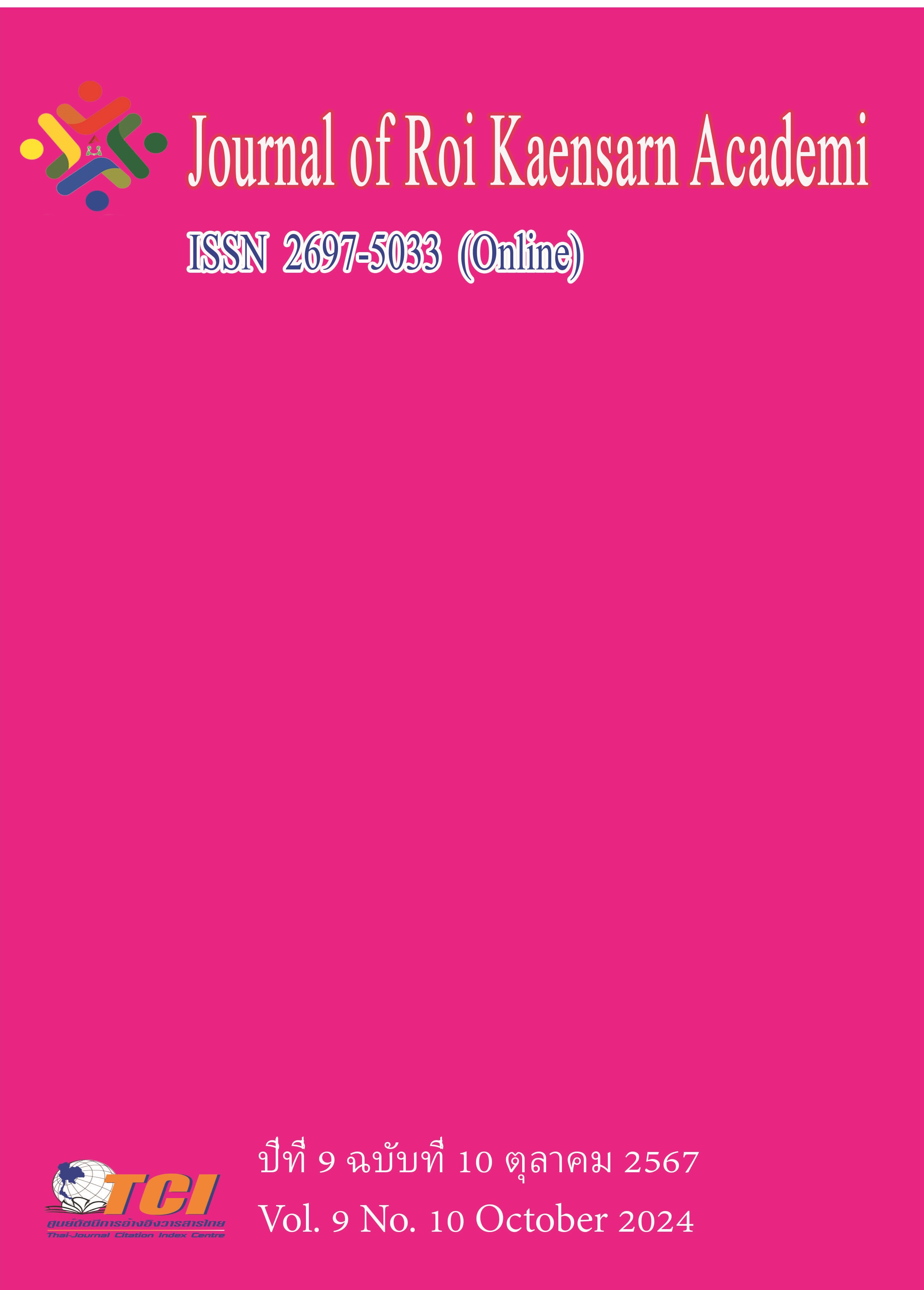The Impact of Design Thinking on the Contemporary Development of Shadow Play in Xiangtan of Hunan Province
Main Article Content
Abstract
Shadow play in Xiangtan is a local intangible cultural heritage project originating from Hunan, currently facing both challenges and opportunities presented by the transition to the digital age. The objective of this paper is to explore how design thinking can enhance the production and display effects of shadow play in Xiangtan, thereby improving audience viewing experience and satisfaction. This study employs a quantitative research methodology to validate its findings. Based on an innovation and development theoretical framework, this research constructs a theoretical model that examines the impact of design thinking technology on shadow play in Xiangtan.
This model is employed to investigate the relationship between design thinking and the development of shadow play in Xiangtan, identify key factors influencing the innovation and advancement of shadow play in Xiangtan play, and determine critical mediating variables related to design experience and design quality as informed by design thinking. The study sample comprised individuals of varying ages and backgrounds from Xiangtan City of Hunan Province, China, with a total of 450 questionnaires distributed. Data analysis was conducted using statistical software SPSS. The findings indicate that the application of design thinking exerts a mediating effect on enhancing user experience and satisfaction; furthermore, innovations in materials, patterns, technologies, and display forms significantly enhance both design experience and quality, subsequently exerting a positive influence on user satisfaction and behavioral intention.
This study finds that :(1) the application of design thinking method to shadow play in Xiang tan can be summarized into the following six indicators: material innovation, pattern innovation, technical innovation and performance form. (2) The effective way to innovate shadow play in Xiang tan is to use the method of design thinking to achieve a better sense of experience and satisfaction.
Article Details
References
Allison, LN (2008). Designerly ways of knowing. Design Issues, 24 (4),102-103. https://doi.org /10.1162/desi.2008.24.4.102
Frayling, C. (1993). Innovation as Usual: How to Help Your People Bring Great Ideas to Life. .Phaidon Press.
He, Xiuchuan., X.& P. (2024). Bibliometric and content analysis of 20 years of international research on design thinking . Packaging Engineering. 45 (12), 105-120https://doi.org/ 10.19554/j.cnki.1001-3563.2024.12.011
Liu, L. Y., & Zheng, G. Q. (2023). Research hotspots, trends, and prospects of design thinking at home and abroad. Packaging Engineering, 44 (22), 34-44.https://doi.org/42.10. 19554/j.cnki.1001-3563.2023.22.005
Rogers, E. M. (2002). Diffusion of preventive innovations.Addictive Behaviors, 27 (6), 989-993. https://doi.org/10.1016/S0306-4603(02)00300-3
Yang, X. (2015). The Development Direction and Key Issues of Cultural Heritage Digital Information Display and Dissemination in the Context of New Media. Design, 2015 (13), 76-77. https://doi.org/10.1016/j.cnki.2015.01.002

